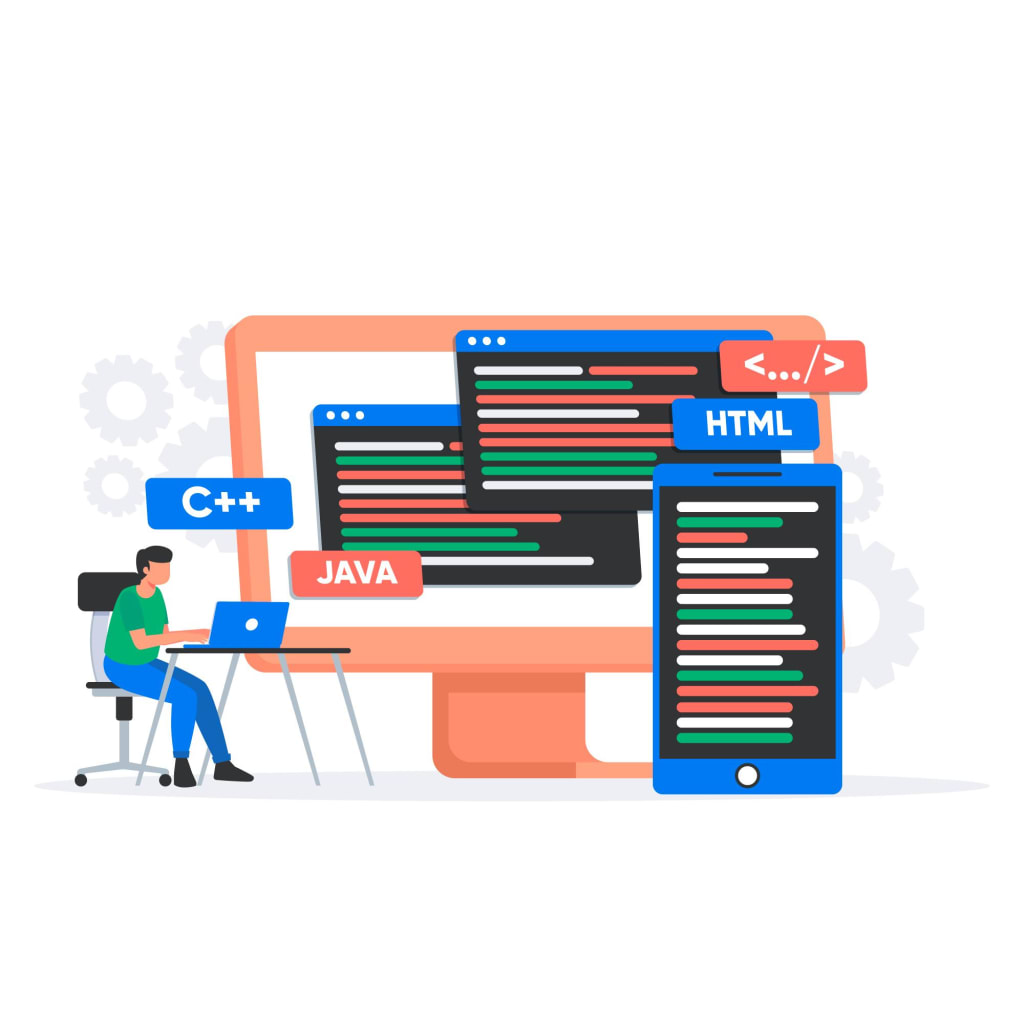Roadmap Of Full-Stack Website Development
Guidance of Full-Stack Web Development

Introduction
The web is a tremendous, consistently evolving scene. Sites have become imperative apparatuses for the two associations and people, going about as entrances to data, exchange, and connection. Building these computerized places, notwithstanding, requires a particular range of abilities: full-stack improvement.
What is Full-Stack Development?
Full-stack improvement goes past the surface. It’s the specialty of creating a site from the beginning, including both the front end (the UI) and the back end (the server-side rationale and information stockpiling). In simpler terms, a full-stack engineer is a handyman who can deal with everything from the visual components clients collaborate with to the complicated hardware that controls a site’s usefulness.
This far-reaching approach offers a few benefits. Full-stack designers can see the master plan, guaranteeing strong site insight. They can likewise work autonomously, handling all parts of advancement without depending on independent front-end and back-end trained professionals.
Languages and Tools
The excursion of a full-stack engineer requires dominating a different arrangement of devices. Here is a breakdown of the basics:
Front-End Technologies:
- HTML (HyperText Markup Language): The groundwork of any site is HTML, which provides the construction and content. It characterizes the components that make up a page, similar to headings, passages, and pictures.
- CSS (Cascading Style Sheets): CSS empties life into HTML, permitting you to deal with the visual plan of your site. It decides the design, varieties, textual styles, and liveliness, changing a straightforward construction into an outwardly engaging UI.
- JavaScript: While HTML and CSS provide a static system, JavaScript infuses intuitiveness. It takes into account dynamic components, client activities, and activities that cause sites to feel really captivating. Famous JavaScript systems like Respond and Rakish further smooth out front-end improvement.
2. Back-End Technologies:
- Server-Side Programming Languages: The fact that it powers a site makes the back end the motor. Dialects like Python, Java, PHP, or Ruby handle client demands, communicate with data sets, and produce dynamic substance.
- Databases: Sites frequently need to store and oversee information. Data sets like MySQL, PostgreSQL, or MongoDB go about as the data vaults, permitting sites to store client data, item subtleties, or some other important information.
- Web Frameworks: Like front-end structures, back-end systems like Django (Python), Spring (Java), or Laravel (PHP) provide pre-assembled instruments and functionalities, speeding up advancement.
3. Version Control: Version control systems like Git are crucial for tracking changes made to the website’s codebase. This allows for collaboration, easy rollback to previous versions if needed, and maintaining a clean development history.

Building Your Website: A Step-by-Step Guide
With your designer’s tool compartment close by, now is the ideal time to leave on the site improvement experience! Here is a guide to direct you through the cycle:
Planning and Design: This underlying stage includes characterizing the site’s motivation, main interest group, and desired functionalities. Wireframes and mockups are made to depict the site’s design and client stream.
- Front-End Development: You’ll make the UI with HTML, CSS, and JavaScript (along with the structures you’ve picked), changing the mockup into a working site. This incorporates planning intelligent parts, tweaking the site, and ensuring responsiveness across a few gadgets.
- Back-End Development: This is where the server-side wizardry happens. You will foster code in your preferred back-end structure to deal with demands from clients, process data, and speak with the data set framework.
- Database Integration: Interface your site to a data set for putting away and taking care of site content. This could incorporate laying out tables, determining information designs, and composing questions to get and change information.
- API Integration: APIs (Application Programming Association focuses) empower your site to speak with outside frameworks. This could include incorporating installment entries, the web stages, or whatever other help that gives a programming association.
- Testing and Deployment: Completely test your site on different programs and gadgets to ensure it works and distinguish mistakes. Whenever you’re satisfied, transfer your site to a facilitating administration and make it accessible to the whole globe.
- Maintenance and Updates: The site creation venture doesn’t end with a sending-off. Intermittently update your site to incorporate new abilities, bug fixes, and security fixes. Stay aware of the ongoing web development examples and change your site to guarantee its importance.
Conclusion:
A full-stack designer’s actions are both improving and rewarding. It assists you with making great sites all along, consolidating your vision with expert skills. With devotion, exertion, and a craving to study, you might dominate every one of the instruments and approaches that contain this interesting calling. Keep in mind that the significant qualities are a craving to create and a readiness to continuously learn and change.
Are you ready to apply for a full-stack web developer position?
If you’re looking to embark on your full-stack development adventure, Settings Infotech is actively seeking talented individuals to join our growing team! We offer a dynamic work environment, opportunities for professional growth, and a chance to contribute to cutting-edge projects.
Apply Here: https://settingsinfotech.com/career/
About the Creator
Settings Infotech
Settings Infotech is an IT consulting and solutions provider offering diverse services in web development, mobile application development, & desktop software development. We are always challenged in the project.
Enjoyed the story? Support the Creator.
Subscribe for free to receive all their stories in your feed. You could also pledge your support or give them a one-off tip, letting them know you appreciate their work.






Comments
There are no comments for this story
Be the first to respond and start the conversation.